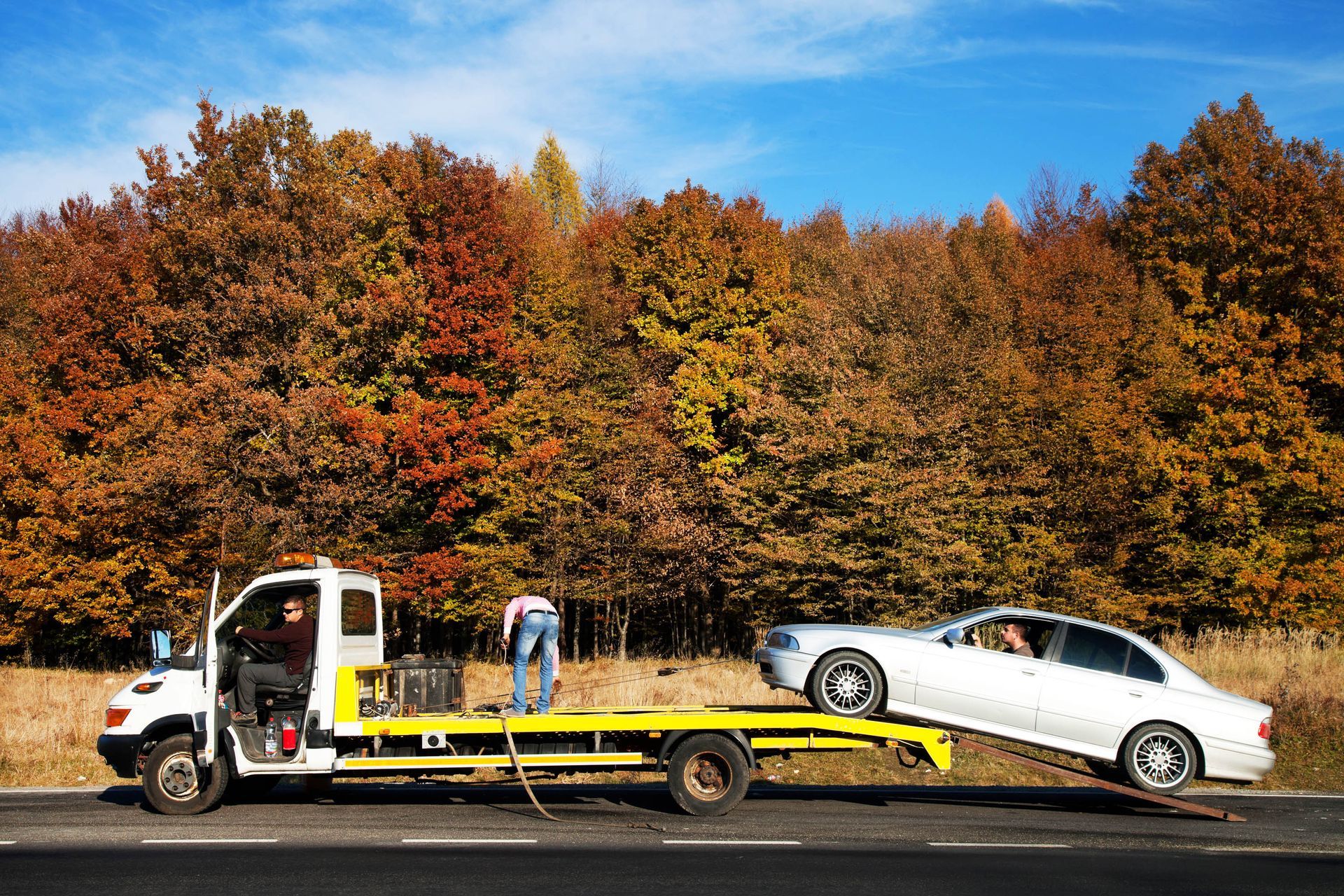September 29, 2025
When you find yourself stranded on the side of the road, whether because of a flat tire, a dead battery, or mechanical failure, the stress of the situation can be overwhelming. The unpredictability of vehicle troubles often catches drivers off guard, creating moments of panic and uncertainty. In those moments, knowing that help is just a phone call away offers a tremendous sense of relief. That’s where roadside assistance comes into play, offering professional help designed to get you back on the road safely and efficiently.
Many drivers sign up for this service without giving it much thought until they actually need it. When the moment arrives, questions naturally arise: How long will it take for someone to show up? What services are available? Will the issue be resolved on the spot, or will your car need to be towed to a mechanic? By understanding what typically happens during a roadside call, you can set realistic expectations and approach these stressful situations with more confidence.
The First Steps After Making the Call
The process begins with the initial phone call to your provider. You’ll be asked a series of questions, including your exact location, the nature of your problem, and details about your vehicle. The more accurate the information you provide, the quicker the service can respond with the right kind of help.
Roadside assistance dispatchers rely heavily on modern technology to pinpoint your location. Many services can track you using your smartphone’s GPS or through the vehicle’s telematics system. If that technology isn’t available, you may be asked for landmarks, exit numbers, or street intersections to help the provider locate you. Once your details are confirmed, a local contractor or technician is assigned to the case and dispatched to your location. At this stage, you may also receive an estimated time of arrival, which gives you a realistic window of how long you’ll be waiting.
Waiting by the roadside can be unnerving, especially if traffic is heavy or if you’re stranded at night. While help is on the way, it’s important to prioritize your safety. Staying inside the car with your seatbelt fastened and hazard lights flashing is generally recommended unless it feels unsafe, in which case moving to a secure location away from the road is best.
Common Services Provided on the Spot
When a technician arrives, they assess the situation and determine whether the problem can be resolved right there. In many cases, the issue is minor and can be quickly fixed without towing your car to a shop. Flat tire changes, battery jump starts, fuel delivery, and lockout services are among the most frequently requested types of help.
Tire issues, in particular, remain one of the top reasons drivers call for help. According to Yahoo Finance, one tire puncture occurs every seven seconds in the U.S., which results in about 220 million flat tires annually. With numbers like these, it’s easy to understand why technicians are well-prepared for tire-related emergencies. They can often replace the damaged tire with your spare or perform a temporary repair so you can safely reach a repair shop.
Battery trouble is another common problem, especially during extreme weather conditions. Technicians carry jump-start equipment to get your car running again. If the battery is completely dead and cannot be revived, you may need a tow to a service center for replacement. Similarly, if you run out of fuel, roadside assistance providers can deliver enough gas to get you to the nearest station.
When a Tow Becomes Necessary
Not every problem can be resolved on the roadside, and in those cases, towing becomes the next step. Mechanical failures, major tire blowouts, and certain electrical issues often require more specialized equipment than can be brought to your location. If the technician determines that the repair cannot be performed safely or effectively on-site, they will arrange for your car to be transported to a nearby repair facility.
The towing process typically involves asking you about your preferred destination. Some drivers have a trusted mechanic or dealership they’d like to use, while others may rely on the provider’s recommendations. Depending on the terms of your plan, towing may be covered up to a certain distance, with additional mileage billed to you.
During the tow, technicians take great care to secure your vehicle properly. Whether using a flatbed or a hook-and-chain method, they are trained to prevent further damage while loading and transporting your car. Knowing that your vehicle is being handled by professionals offers peace of mind during what could otherwise be a very frustrating experience.
Communication and Time Expectations
One of the most common concerns people have when they need help on the road is how long it will take for assistance to arrive. Response times vary widely depending on your location, traffic conditions, time of day, and even the weather. Urban areas typically see faster response times due to a higher number of available providers, while remote or rural locations may require longer waits.
Many modern providers now offer real-time tracking through mobile apps or text notifications, allowing you to see the technician’s location and estimated arrival. This transparency helps manage expectations and reduces the uncertainty of waiting. However, it’s important to remember that unexpected delays can still occur, especially during peak travel times or severe weather events when demand for roadside help spikes.
Patience and communication play important roles in these situations. Providers often update you if there’s a delay and may even call to confirm that you are safe while you wait. Having a fully charged phone before you travel can make a significant difference in maintaining communication throughout the process.
Peace of Mind Beyond the Breakdown
Perhaps the most valuable aspect of having access to roadside assistance is the peace of mind it provides. Vehicle breakdowns are inconvenient, stressful, and sometimes dangerous, but knowing that help is always just a phone call away changes the way you experience those unexpected moments. Instead of being stranded with no options, you have a safety net that ensures you’re never truly alone on the road.
Beyond emergencies, this service can also influence how you plan your travel. Families, long-distance commuters, and road-trippers all benefit from the reassurance that comes with knowing professional support is available 24/7. This confidence often encourages people to explore new routes and destinations, secure in the knowledge that help will come if needed.
Calling roadside assistance may not be something you look forward to, but it’s reassuring to know what to expect when the need arises. From the first call to the dispatcher to on-the-spot fixes, and even towing when required, the system is built to restore safety and get you moving again. Services like tire changes, jump starts, and fuel delivery cover the most common emergencies, while towing ensures more serious issues are handled properly at a repair facility.
While response times vary, the constant is knowing professional help is always within reach. Roadside assistance not only solves immediate problems but also provides lasting peace of mind, turning what could be a crisis into a manageable inconvenience. With a clear sense of the process, you’ll know exactly what to expect the next time you need to make that call.
If you find yourself stranded, count on Mr T's Towing to deliver fast, reliable
roadside assistance that gets you back on the road safely. Call us today for dependable help whenever you need it most.



